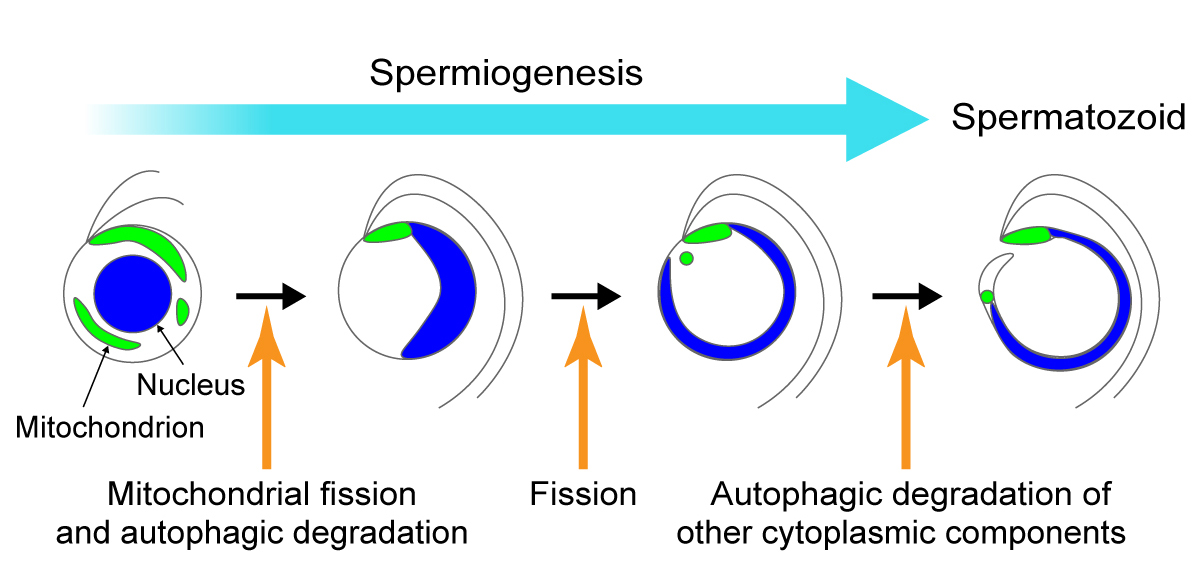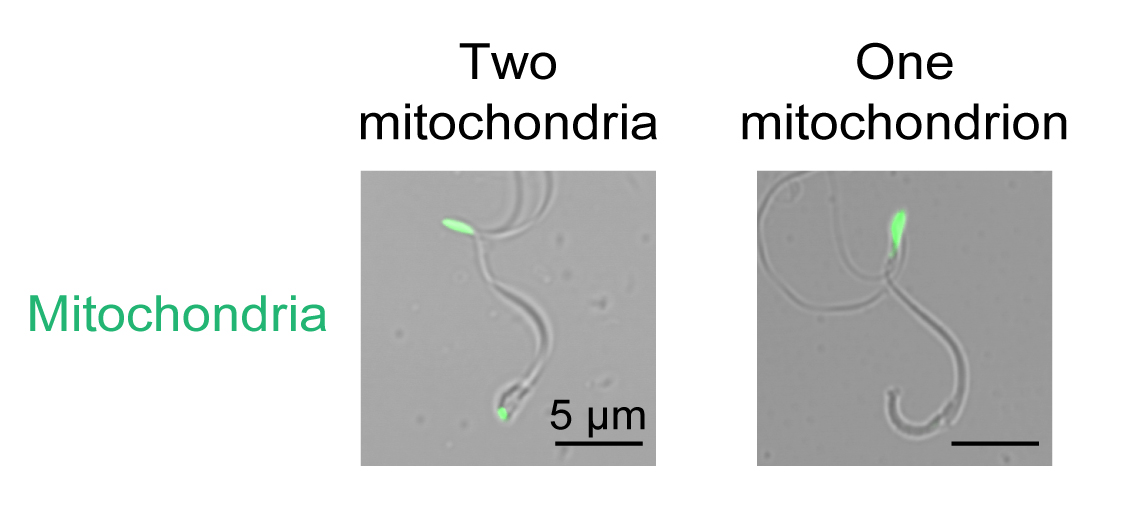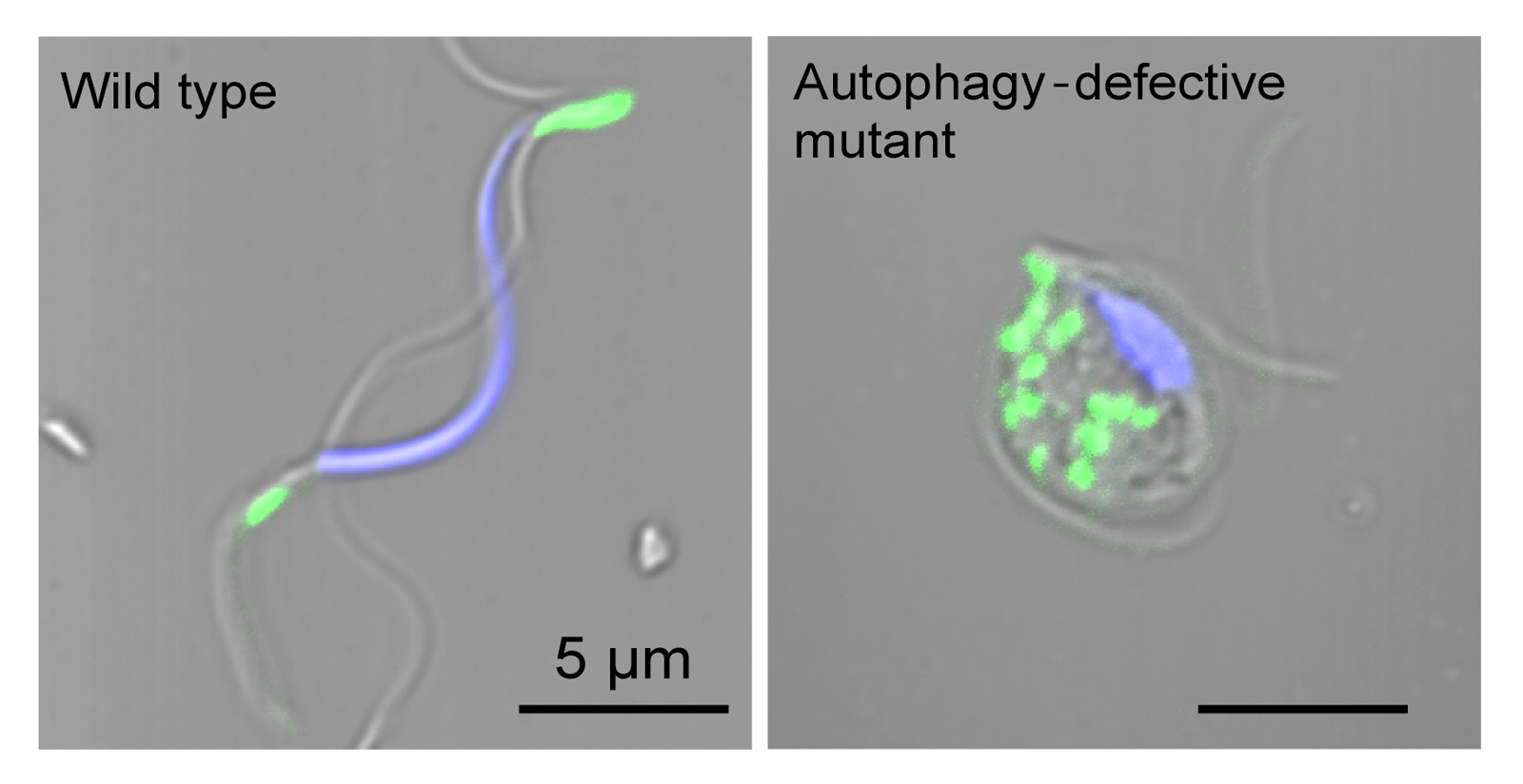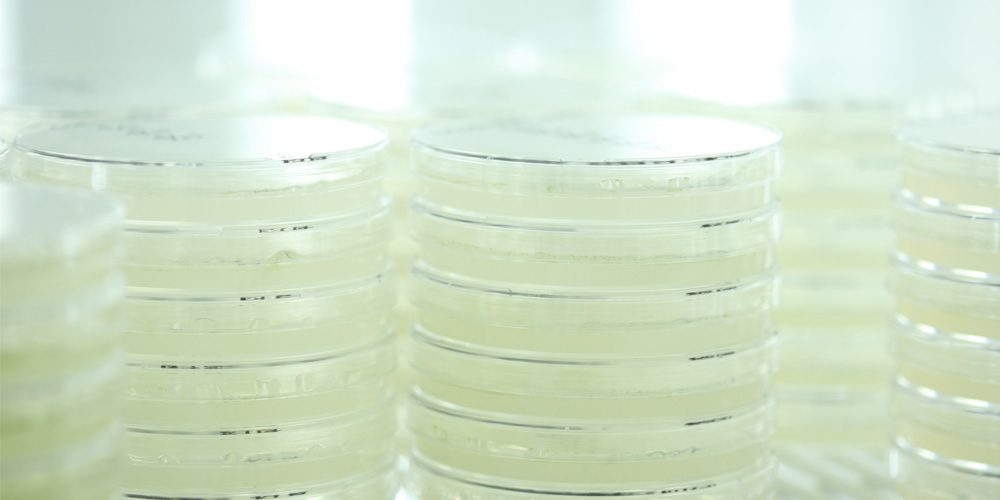A collaborative team of researchers from the National Institute for Basic Biology, the University of Tokyo, and Gunma University in Japan reported that in the liverwort
Marchantia polymorpha, the number of mitochondria in the spermatozoid (sperm) is controlled by autophagy during spermiogenesis.
Most eukaryotic cells possess mitochondria in greatly varying numbers and shapes depending on the cell type and cellular conditions. Compared with other cell types, eukaryotic sperm cells generally exhibit a characteristic mitochondrial morphology and distribution, while also exhibiting a remarkable diversity among species.
Though the word “sperm” brings to the mind images of the mammalian sperms that “swim”, certain groups of plants also use sperms for sexual reproduction. One such group is the Bryophytes that are commonly found in city parks and backyards of homes.
A single bryophyte somatic cell possesses anywhere from tens to hundreds of mitochondria. By contrast, the spermatozoid cell possesses a fixed number of two mitochondria: one in the head and the other in the tail of the cell body. However, the mechanism by which these two mitochondria are formed during spermiogenesis remains unclear.
In an article published in
Cell Reports, this research team examined in detail how the number and shape of mitochondria change during the transformation of spermatids into spermatozoids (spermiogenesis) in liverworts.
Dr. Takuya Norizuki, the first author of the article, spoke of the team’s findings that in liverwort, the number of mitochondria decreases as spermiogenesis progresses until only one remains. The remaining mitochondrion then divides asymmetrically into two mitochondria; the larger mitochondrion becomes the anterior mitochondrion and the smaller one becomes the posterior mitochondrion. When this mitochondrial division was inhibited, sperms with only an anterior mitochondrion were formed.
The research team investigated the mechanism underlying the mitochondrial number reduction, with a special focus on autophagy. Autophagy degrades cellular components, including the organelles, by engulfing them into double-membraned sacs (autophagosomes) that fuse with the vacuoles/lysosomes.
When the functions of the genes required for autophagy were lost, the mitochondria were not degraded during spermiogenesis, and a large number of mitochondria remained in the mutant spermatozoid. The research team also found through electron microscopy that mitochondria were selectively engulfed by autophagosomes during spermiogenesis in the wild-type liverworts. These results indicated that autophagy reduces the number of mitochondria during spermiogenesis.
Professor Takashi Ueda, the leader of the research team, commented that "This study reveals how the characteristic mitochondrial pattern in bryophyte spermatozoids arises and that autophagy is deeply involved in this process. During the process of spermiogenesis in animals, the removal of excessive cytoplasm occurs, but autophagy does not seem to play a substantial role in this process. Instead, a neighboring cell “takes-up” the excessive cytoplasm and organelles by phagocytosis to remove it from the developing sperm. Thus, plants and animals have employed completely different mechanisms to remove organelles during spermiogenesis.”

Figure 1. Schematic diagram of mitochondrial reorganization during spermiogenesis in the liverwort
Marchantia polymorpha. During spermiogenesis, the mitochondrial number is reduced to one through fission and autophagic degradation, and subsequently increased to two through fission of the anterior mitochondrion. Other cytoplasmic components are later degraded through autophagic (and non-autophagic) degradation.

Figure 2. Wild-type and defective Spermatozoids in mitochondrial fission. The wild-type spermatozoids possess two mitochondria, whereas, most defective spermatozoids in mitochondrial fission possess only one anterior mitochondrion. The mitochondria are shown in green.

Figure 3. Wild-type and defective spermatozoids in autophagy. Autophagy-defective spermatozoids possess a larger number of mitochondria, as opposed to two mitochondria in wild-type spermatozoids. Mitochondria and nuclei are colored green and blue, respectively.
Reference:
Cell Reports
Dynamic rearrangement and autophagic degradation of mitochondria during spermiogenesis in the liverwort
Marchantia polymorpha
Takuya Norizuki, Naoki Minamino, Miyuki Sato, Hirokazu Tsukaya, and Takashi Ueda
DOI:
https://doi.org/10.1016/j.celrep.2022.110975
Contact:
Prof. Takashi Ueda
Division of Cellular Dynamics
National Institute for Basic Biology
E-mail: tueda@nibb.ac.jp





 Figure 1. Schematic diagram of mitochondrial reorganization during spermiogenesis in the liverwort Marchantia polymorpha. During spermiogenesis, the mitochondrial number is reduced to one through fission and autophagic degradation, and subsequently increased to two through fission of the anterior mitochondrion. Other cytoplasmic components are later degraded through autophagic (and non-autophagic) degradation.
Figure 1. Schematic diagram of mitochondrial reorganization during spermiogenesis in the liverwort Marchantia polymorpha. During spermiogenesis, the mitochondrial number is reduced to one through fission and autophagic degradation, and subsequently increased to two through fission of the anterior mitochondrion. Other cytoplasmic components are later degraded through autophagic (and non-autophagic) degradation. Figure 2. Wild-type and defective Spermatozoids in mitochondrial fission. The wild-type spermatozoids possess two mitochondria, whereas, most defective spermatozoids in mitochondrial fission possess only one anterior mitochondrion. The mitochondria are shown in green.
Figure 2. Wild-type and defective Spermatozoids in mitochondrial fission. The wild-type spermatozoids possess two mitochondria, whereas, most defective spermatozoids in mitochondrial fission possess only one anterior mitochondrion. The mitochondria are shown in green. Figure 3. Wild-type and defective spermatozoids in autophagy. Autophagy-defective spermatozoids possess a larger number of mitochondria, as opposed to two mitochondria in wild-type spermatozoids. Mitochondria and nuclei are colored green and blue, respectively.
Figure 3. Wild-type and defective spermatozoids in autophagy. Autophagy-defective spermatozoids possess a larger number of mitochondria, as opposed to two mitochondria in wild-type spermatozoids. Mitochondria and nuclei are colored green and blue, respectively.